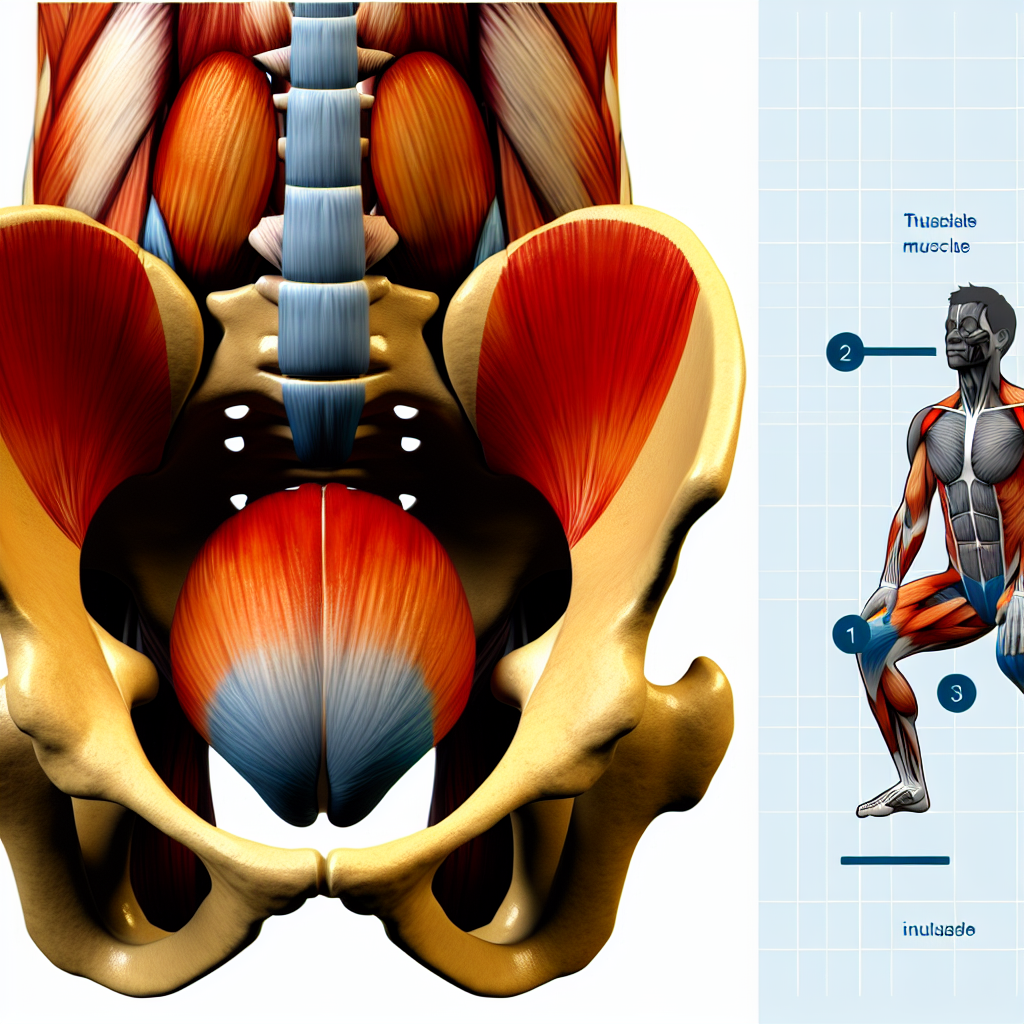ED Recovery: Post-Treatment Guide
Introduction: Taking Charge of Your Sexual Health
Erectile dysfunction (ED) is a widespread condition affecting men of all ages, from teenagers to those in their 90s. While treatment is a crucial first step, post-treatment recovery plays an essential role in maintaining long-term sexual health and overall well-being.
Many men assume that once they receive treatment—whether medication, lifestyle changes, or medical procedures—their journey is complete. However, sustaining erectile function requires continuous effort across physical, psychological, and lifestyle factors.
This guide explores the key strategies for post-treatment ED recovery, backed by the latest medical research. Understanding these principles will help men regain confidence, enhance results, and achieve lasting improvements in their sexual health.
Medical Studies and Post-Treatment Recovery Strategies
Research has consistently shown that men who take a proactive approach to ED recovery experience better long-term outcomes. Below, we outline the most effective strategies backed by science.
1. Boost Your Erectile Function with Healthy Lifestyle Changes
A 2014 study published in The Journal of Sexual Medicine found that men who adopted healthier habits post-treatment saw significant improvements in erectile function. Key lifestyle modifications include:
– Regular physical activity (improves blood flow)
– A heart-healthy diet (supports vascular health)
– Weight management (reduces risk of ED)
– Smoking cessation (prevents blood vessel damage)
Implementing these changes can enhance and sustain treatment benefits over time. (La Vignera et al., 2014)
2. Strengthen Your Erections with Pelvic Floor Exercises
Pelvic floor therapy has been scientifically proven to aid ED recovery. A study published in BJU International found that men with mild to moderate ED who performed regular pelvic floor exercises experienced significant improvements in erectile function.
By strengthening the pelvic muscles involved in erection maintenance, men can achieve better control over their erections and enhance sexual performance. (Dorey et al., 2005)
3. Overcome Psychological Barriers with Therapy and Counseling
Mental health plays a critical role in post-treatment recovery. Anxiety, depression, and performance-related stress can undermine progress even after physical issues are addressed.
A 2010 study in The Journal of Sexual Medicine found that men who participated in cognitive-behavioral therapy (CBT) alongside their ED treatment showed significant improvements in sexual confidence and erectile performance. Seeking professional support can be a game-changer in your recovery. (Melnik & Abdo, 2010)
4. Explore Cutting-Edge Regenerative Treatments
Innovations in regenerative medicine are opening new doors for ED recovery. Treatments such as:
– Platelet-rich plasma (PRP) therapy
– Low-intensity shockwave therapy
– Stem cell therapy
…are being explored for their potential to regenerate tissue and enhance blood flow. A 2020 study in Sexual Medicine Reviews suggests that while these therapies show promise, further research is needed to determine their long-term effectiveness. (Burnett et al., 2020)
5. Stay on Track with Medication Adherence & Doctor Check-Ins
For men using ED medications such as sildenafil (Viagra) or tadalafil (Cialis), following through on prescribed dosages and attending follow-up appointments is crucial.
A 2017 study found that nearly 50% of men stopped taking PDE5 inhibitors due to perceived inefficacy, side effects, or dissatisfaction. Working closely with a healthcare provider can help adjust dosages and explore alternative treatments if necessary. (Baumhäkel et al., 2017)
Conclusion: A Holistic Approach to Long-Term ED Recovery
Recovering from ED is more than just treating symptoms—it requires an ongoing commitment to physical health, psychological wellness, and lifestyle modifications.
Medical treatments such as oral medications, injections, and surgery can be highly effective, but they work best when combined with proactive recovery strategies. By maintaining cardiovascular health, performing pelvic floor exercises, addressing stress, and exploring emerging therapies, men can achieve sustainable progress beyond initial ED treatment.
Ultimately, ED recovery is a journey—one that men can navigate successfully by making informed decisions, keeping up with medical advancements, and actively participating in their long-term well-being.
Summary: This comprehensive guide provides valuable insights into the key strategies for successful post-treatment ED recovery. From adopting healthy lifestyle changes and performing pelvic floor exercises to overcoming psychological barriers and exploring cutting-edge regenerative treatments, the article outlines a holistic approach to help men regain and maintain long-term sexual health.
References:
– La Vignera et al., 2014
– Dorey et al., 2005
– Melnik & Abdo, 2010
– Burnett et al., 2020
– Baumhäkel et al., 2017

Dominic E. is a passionate filmmaker navigating the exciting intersection of art and science. By day, he delves into the complexities of the human body as a full-time medical writer, meticulously translating intricate medical concepts into accessible and engaging narratives. By night, he explores the boundless realm of cinematic storytelling, crafting narratives that evoke emotion and challenge perspectives. Film Student and Full-time Medical Writer for ContentVendor.com



